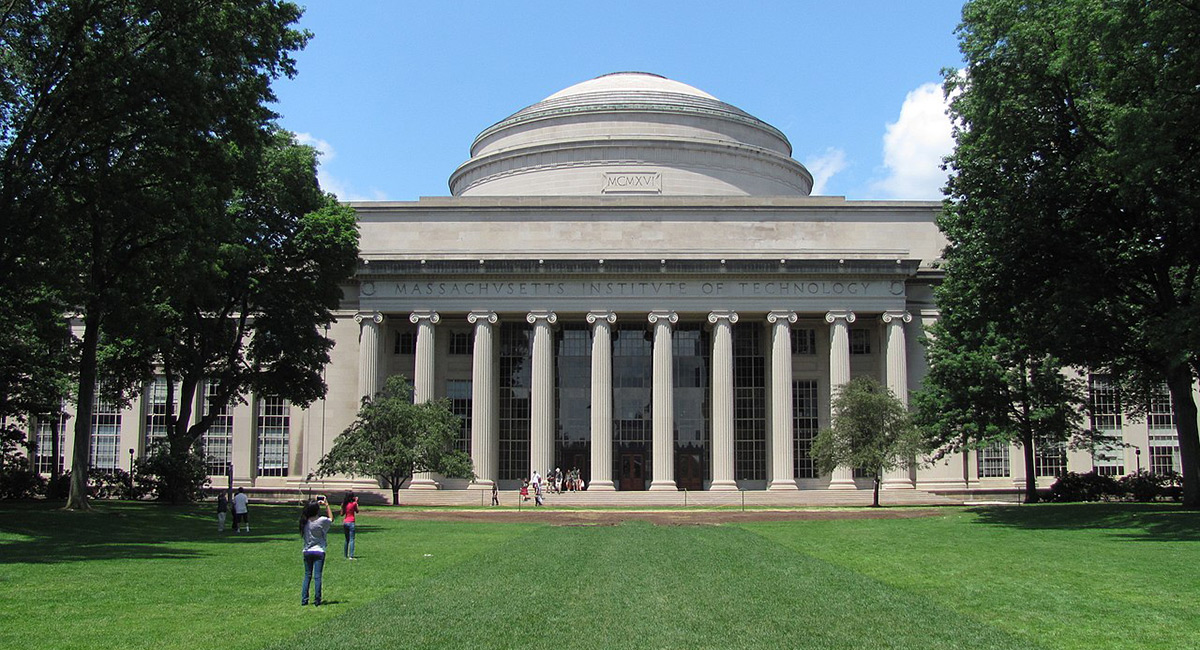No area of higher education has changed more fundamentally in my lifetime of teaching than what once was called affirmative action and now is called diversity, equity, and inclusion. Starting from virtually nothing in the early 1960s, colleges have formed massive and typically powerful bureaucracies to assure that schools have learning and discovery communities are “diverse.” It is the academic obsession du jour.
In the course of a week of traveling last week to academic events in three states (Pennsylvania, North Carolina, and Texas) I became more conversant with two dissenting voices on current policy initiatives in this area. In North Carolina, I encountered John Chisholm, Silicon Valley entrepreneur with close ties to his alma mater M.I.T. I also started reading A Dubious Expediency, a new highly critical assessment of racial preferences co-edited by a friend of mine, Gail Heriot, law professor at the University of San Diego and also a longtime member of the U.S. Civil Rights Commission. Gail and I serve together on the board of the National Association of Scholars.
Growing up gay in southern Florida several decades ago, John Chisholm understands first hand how some people feel excluded from university communities, therefore believing that the move towards greater diversity, equity and inclusion is a highly commendable one. But he also feels colleges have adopted an extremely narrow approach, concentrating on biological physical characteristics like skin color and gender identity, while ignoring many other characteristics important in instilling true “diversity” into the academy. Serving for years as a member of M.I.T.’s governing board and even once as president of its alumni association, Chisholm has recently authored a study (”Achieving Holistic Diversity and Inclusion at a Major Research University”) in which he provides empirical evidence that on several measures, M.I.T. seems to seriously avoid certain types of students.
Chisholm asks: do universities look at other forms of diversity that could make their communities more representative of the population? Do they look at, for example, political diversity, geographic differences (rural vs. urban living backgrounds), or even religious differences? Do they look for variations in thinking processes—those with long vs. short term time horizons, or those who are risk-adverse as opposed to risking-taking adventurers? Using population-adjusted enrollment data by state, Chisholm finds M.I.T. takes large numbers from wealthy politically progressive coastal states (Connecticut, New York, California), but dramatically fewer from states like Arkansas, Wyoming, or Ohio. Is it by accident or design that M.I.T. favors those from blue states as opposed to red states?
Is M.I.T. by accident or design bringing more uniformity instead of diversity into the campus community by its emphasis on biological factors? And if there is a problem at M.I.T., what about at schools that are much more consciously fashionably woke? Chisholm is raising important questions and revealing inconvenient truths.
So is Gail Heriot, co-editor Maimon Schwarzschild, and other scholars (e.g, John Ellis, Heather MacDonald). Here the emphasis is much more on the pernicious unintended consequences of diversity, equity and inclusion policies. For example, in a long essay Professor Heriot reinforces the findings of other scholars that affirmative action has often hurt African-Americans and promoted academic failure by contributing to an untenable mismatch regarding the qualifications of students to succeed. This often does lead to dropping out, to a watering down of standards, grade inflation and other pathologies of the modern era. In recognition of the problems race-based admissions poses, Professor Heriot led the Proposition 16 efforts last year in which California voters resoundingly made it clear it is opposed to race-based admissions, much to the chagrin of university administrators.
The eminent political scientist Samuel Huntington made a splash a generation ago by talking about a “clash of civilizations.” Today, there is a a wide and growing gap between the academic world and the real world—the broader society—in the United States. I have said ad nauseam that higher education is ultimately dependent on the broader society for financial sustenance, and as the culture of the academy clashes increasingly with that of the broader public, universities will ultimately face severe financial consequences—at a time when a birth dearth, growing international threats, and other financial responsibilities associated with financing a welfare state among an aging population already create challenges for higher learning.












